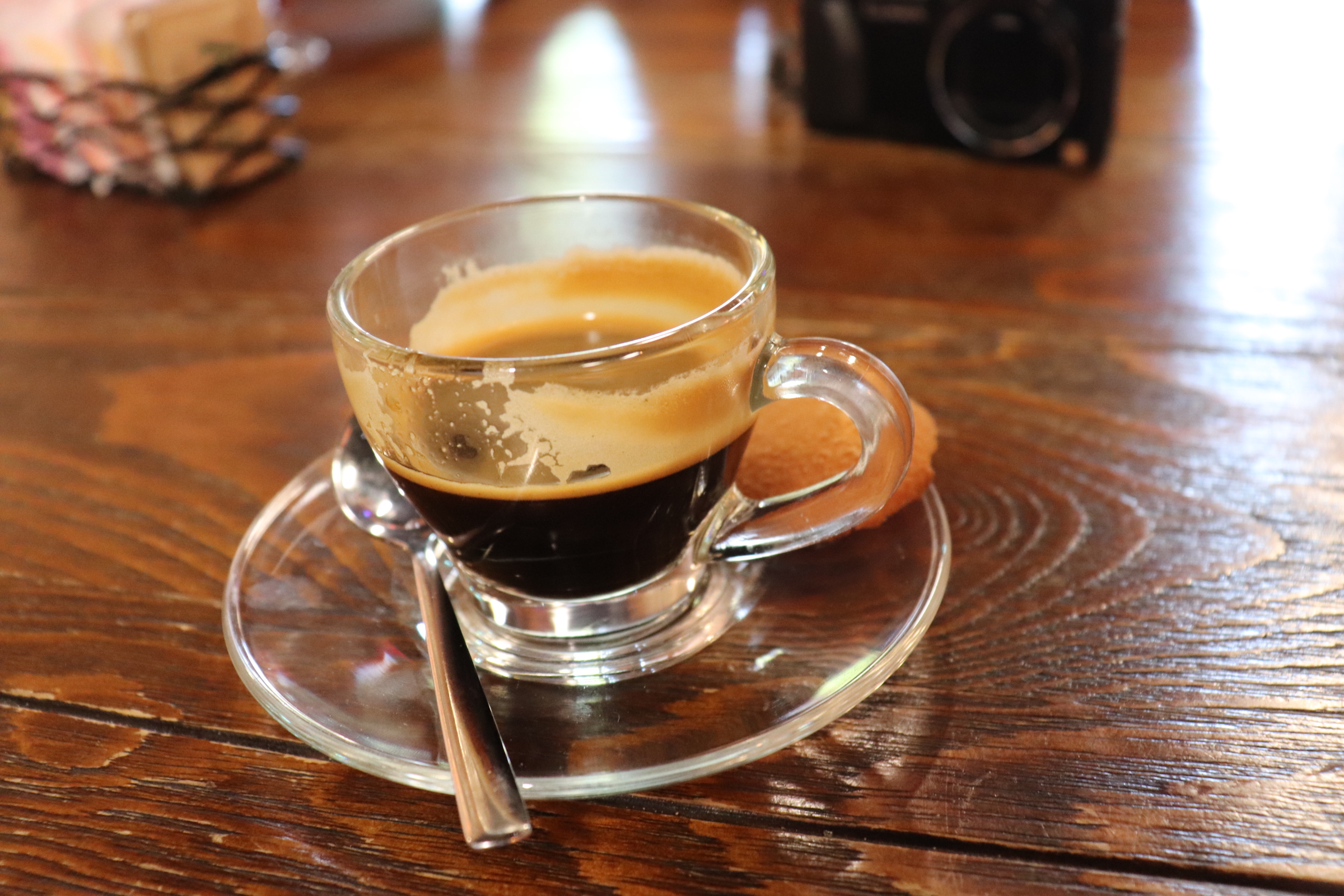Cuban cafecito (expresso) in Miami’s Cuban Quarter (Little Havana). Credit: Marte007 / CC BY 4.0 DEED.
Cuban coffee is not just a drink, it’s a culture.” — Unknown
Cuban coffee, also known as café cubano, cafecito, Cuban expresso, Cuban pull, and Cuban shot, is more than just a type of espresso that originated in Cuba. It’s a comforting beverage, a source of nourishment, and a reason for social gatherings. If you have ever spent any time in Miam’s Little Havana, you have undoubtably enjoyed café cubano. If not, you definitely missed out on some great coffee!
The History of Café Cubano
The history of café cubano started in 1748 when José Antonio Gelabert, a native of Barcelona who was responsible for Spain’s royal treasury in Havana, introduced the coffee plant to Cuba from the Dominican Republic. By the late 1700s, coffee export was significant, and almost a century later, the beverage known globally as Cuban coffee or Café Cubano gained popularity.
Even though coffee is no longer a profitable crop, café cubano continues to be a vital part of Cuban culture. It’s common for Cubans to enjoy café cubano multiple times a day, often with pan tostado (toasted Cuban bread) for breakfast.
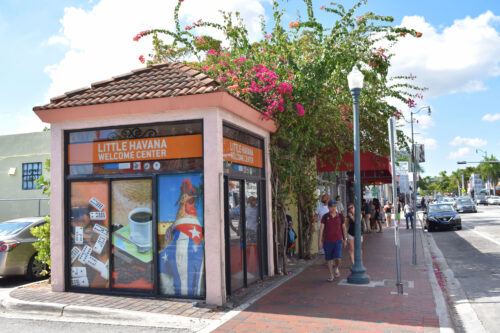
Variations of Café Cubano:
Cafecito: This is the Cuban version of espresso, which originated in Cuba. The preparation involves adding a small amount of early brewed espresso to sugar and whipping it into a creamy foam known as espuma or espumita. The result is a strong, sweet coffee that is typically enjoyed several times throughout the day.
Colada: This is a to-go version of Cuban-style espresso that is served in a Styrofoam cup along with small, plastic demitasses. It usually consists of 3–6 shots of espresso and is intended to be consumed in one shot. This is a common practice during workplace breaks in Cuban communities.
Cortadito: This is a regular espresso shot that is topped off with steamed milk. The ratio of espresso to milk can range from 50/50 to 75/25. It is similar to a cortado served in other Latin countries, but it is pre-sweetened.
Café con Leche: Translated as “coffee with milk”, this is an espresso that is served alongside a cup of hot or steamed milk. The espresso is traditionally poured to the desired darkness into the cup of hot milk and then stirred. It is the traditional Cuban breakfast beverage, often served with slices of buttered, toasted Cuban bread.
The Art of Making Café Cubano
Café cubano is traditionally prepared using a stove top moka pot and finely-ground Cuban coffee. A small amount of espresso from the early brewing stage is mixed vigorously with sugar to create a creamy foam known as espuma or espumita. The heat from the brewing process hydrolyzes some of the sucrose, resulting in a sweeter and slightly thicker beverage than a regular pull or adding sugar at the table.
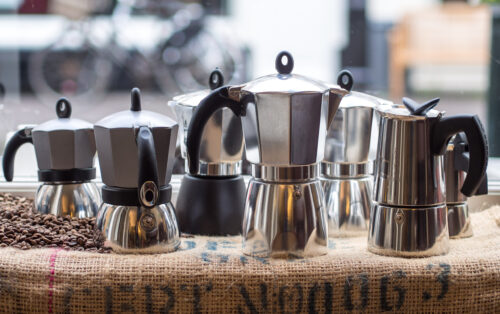
The Cultural Impact of Café Cubano
In Cuba and among the global Cuban exile community, consuming café cubano (Cafecito) is a significant daily cultural and social activity. A Colada, which is four to six shots of coffee served in a large glass with numerous small demitasse cups, is meant for sharing.
Drinking café cubano is a prominent social and cultural activity in Cuba and in Cuban American communities, especially in Miami, Tampa, and the Florida Keys. In areas with a high Cuban population, small cafés or parts of larger establishments have small windows, or ventanitas, where Cuban coffee can be ordered.
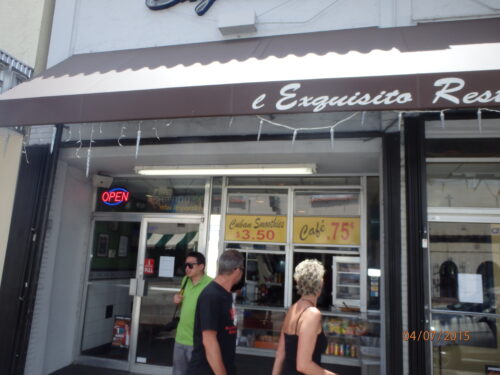
How to Prepare Café Cubano at Home
Here’s how to prepare café cubano at home:
Select your coffee beans: Opt for a robust, aromatic Arabica dark roast, typically associated with Cuban style coffee. Brands like Café Bustelo, Pilon, and Café La Llave are popular among Cuban exiles and are commonly found outside of Cuba. Silencio Coffee Gunfighter Dark Roast is also an outstanding choice.
The coffee beans should be finely ground (expresso ground). A fine grind is comparable to powdered sugar. You don’t want it too finely ground as it will result in a bitter taste and can also clog up the moka pot. If it’s too coarse you won’t be able to extract enough flavor.
Prepare your moka pot: Add coffee to the basket of the moka pot and level it off without tamping it down. Fill the lower pot with water up to the safety valve.
Begin brewing: Assemble the moka pot and place it on a stove burner set to medium-low heat. Keep the lid open to monitor the brewing process.
Measure your sugar: The essence of Cuban coffee lies in the foam created by whipping sugar and coffee together, known as espuma or espumita. Depending on your preference, you can use 1 to 1½ tablespoons (15–22 mL) sugar per espresso shot (one demitasse cup) or as little as 1–2 tsp (5–10 mL) sugar. Raw, unrefined sugar, also known as demerara sugar, is used in café cubano..
Add the first coffee drops to your sugar: Once your moka pot produces enough coffee to cover the base, moisten the sugar with just enough coffee.
Whip the sugar and coffee together: Vigorously stir the coffee and sugar with a metal spoon for two or three minutes. Initially, you’ll have a dry, dark paste that will lighten in color and foam slightly as you incorporate air.
Combine the rest of the coffee with your mixture: Slowly pour the ready coffee over the sugar paste. Stir until a brown foam (the espumita) forms on top. Carefully pour the coffee into espresso cups, ensuring the espumita remains intact. Serve immediately.
Although café cubano is traditionally made using a moka pot, it can also be made using an espresso machineor any other method of making expresso-style coffee.
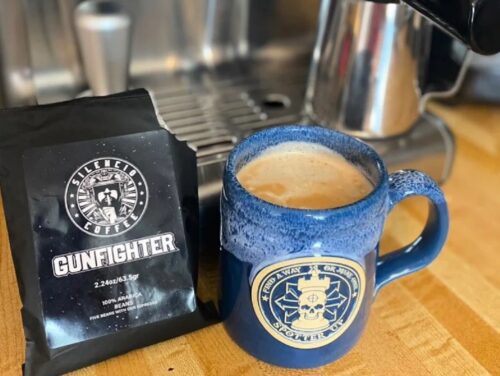
To Sum Up
Café cubano is more than just a coffee; it’s a symbol of Cuban culture and heritage. Whether it’s savored during breakfast as the indispensable café con leche, enjoyed as a delightful dessert, craved for that much needed 3:05 pm energy boost, or shared with newfound friends, it remains the epitome of coffee perfection.
Source
Silencio Coffee
SilencioCoffeeCo.com
*The views and opinions expressed on this website are solely those of the original authors and contributors. These views and opinions do not necessarily represent those of Spotter Up Magazine, the administrative staff, and/or any/all contributors to this site.
